
Rabbit Anti-MRE11 antibody
HNGS1; Mre 11; MRE 11a; MRE 11b; MRE11 homolog 1; MRE11 meiotic recombination 11 homolog A; MRE11a; MRE11b; AT like disease; Ataxia telangiectasia disorder like; Ataxia-telangiectasia disorder-like; ATLD; DNA recombination and repair protein; Double stran
View History [Clear]
Details
Product Name MRE11 Chinese Name DNA损伤关键蛋白Mre11Recombinant rabbit monoclonal anti Alias HNGS1; Mre 11; MRE 11a; MRE 11b; MRE11 homolog 1; MRE11 meiotic recombination 11 homolog A; MRE11a; MRE11b; AT like disease; Ataxia telangiectasia disorder like; Ataxia-telangiectasia disorder-like; ATLD; DNA recombination and repair protein; Double strand break repair protein MRE11A; Double-strand break repair protein MRE11A; endo/exonuclease Mre11. HNGS1; meiotic recombination (S. cerevisiae) 11 homolog A; meiotic recombination 11 homolog A (S. cerevisiae); meiotic recombination 11 homolog A; MmMRE11A; MRE11_HUMAN. Research Area Tumour immunology Chromatin and nuclear signals Cyclin transcriptional regulatory factor Immunogen Species Rabbit Clonality Monoclonal Clone NO. 9C2 React Species Human, Mouse, Rat, Applications WB=1:500-1000 IHC-P=1:50-200 (Paraffin sections need antigen repair)
not yet tested in other applications.
optimal dilutions/concentrations should be determined by the end user.Theoretical molecular weight 80kDa Cellular localization The nucleus Form Liquid Concentration 1mg/ml immunogen Recombinant human MRE11 Lsotype IgG Purification affinity purified by Protein A Buffer Solution 0.01M TBS(pH7.4) with 1% BSA, 0.03% Proclin300 and 50% Glycerol. Storage Shipped at 4℃. Store at -20 °C for one year. Avoid repeated freeze/thaw cycles. Attention This product as supplied is intended for research use only, not for use in human, therapeutic or diagnostic applications. PubMed PubMed Product Detail This gene encodes a nuclear protein involved in homologous recombination, telomere length maintenance, and DNA double-strand break repair. By itself, the protein has 3' to 5' exonuclease activity and endonuclease activity. The protein forms a complex with the RAD50 homolog; this complex is required for nonhomologous joining of DNA ends and possesses increased single-stranded DNA endonuclease and 3' to 5' exonuclease activities. In conjunction with a DNA ligase, this protein promotes the joining of noncomplementary ends in vitro using short homologies near the ends of the DNA fragments. This gene has a pseudogene on chromosome 3. Alternative splicing of this gene results in two transcript variants encoding different isoforms. [provided by RefSeq, Jul 2008]
Function:
Component of the MRN complex, which plays a central role in double-strand break (DSB) repair, DNA recombination, maintenance of telomere integrity and meiosis. The complex possesses single-strand endonuclease activity and double-strand-specific 3'-5' exonuclease activity, which are provided by MRE11A. RAD50 may be required to bind DNA ends and hold them in close proximity. This could facilitate searches for short or long regions of sequence homology in the recombining DNA templates, and may also stimulate the activity of DNA ligases and/or restrict the nuclease activity of MRE11A to prevent nucleolytic degradation past a given point. The complex may also be required for DNA damage signaling via activation of the ATM kinase. In telomeres the MRN complex may modulate t-loop formation.
Subunit:
Component of the MRN complex composed of two heterodimers RAD50/MRE11A associated with a single NBN. Component of the BASC complex, at least composed of BRCA1, MSH2, MSH6, MLH1, ATM, BLM, RAD50, MRE11A and NBN. Interacts with DCLRE1C/Artemis and DCLRE1B/Apollo.
Subcellular Location:
Nucleus. Note=Localizes to discrete nuclear foci after treatment with genotoxic agents.
Post-translational modifications:
Phosphorylated upon DNA damage, probably by ATM or ATR.
DISEASE:
Defects in MRE11A are a cause of ataxia telangiectasia-like disorder (ATLD) [MIM:604391]. ATLD is a disease with the same clinical feature than ataxia-telangiectasia but with a somewhat milder clinical course.
Similarity:
Belongs to the MRE11/RAD32 family.
SWISS:
P49959
Gene ID:
4361
Database links:Entrez Gene: 4361 Human
Entrez Gene: 17535 Mouse
Omim: 600814 Human
SwissProt: P49959 Human
SwissProt: Q61216 Mouse
Unigene: 192649 Human
Unigene: 149071 Mouse
Unigene: 209040 Rat
Product Picture
Lane 1: Human Hela cell lysates
Lane 2: Human Jurkat cell lysates
Lane 3: Human HT-1080 cell lysates
Primary: Anti-Mre11 (SLM-52974R) at 1/1000 dilution
Secondary: IRDye800CW Goat Anti-Rabbit IgG at 1/20000 dilution
Predicted band size: 80 kDa
Observed band size: 82 kDa
Paraformaldehyde-fixed, paraffin embedded (human gastric carcinoma); Antigen retrieval by boiling in sodium citrate buffer (pH6.0) for 15min; Block endogenous peroxidase by 3% hydrogen peroxide for 20 minutes; Blocking buffer (normal goat serum) at 37°C for 30min; Antibody incubation with (Mre11) Monoclonal Antibody, Unconjugated (SLM-52974R) at 1:200 overnight at 4°C, followed by operating according to SP Kit(Rabbit) (sp-0023) instructionsand DAB staining.Paraformaldehyde-fixed, paraffin embedded (rat brain); Antigen retrieval by boiling in sodium citrate buffer (pH6.0) for 15min; Block endogenous peroxidase by 3% hydrogen peroxide for 20 minutes; Blocking buffer (normal goat serum) at 37°C for 30min; Antibody incubation with (Mre11) Monoclonal Antibody, Unconjugated (SLM-52974R) at 1:200 overnight at 4°C, followed by operating according to SP Kit(Rabbit) (sp-0023) instructionsand DAB staining.Paraformaldehyde-fixed, paraffin embedded (human tonsil); Antigen retrieval by boiling in sodium citrate buffer (pH6.0) for 15min; Block endogenous peroxidase by 3% hydrogen peroxide for 20 minutes; Blocking buffer (normal goat serum) at 37°C for 30min; Antibody incubation with (Mre11) Monoclonal Antibody, Unconjugated (SLM-52974R) at 1:200 overnight at 4°C, followed by operating according to SP Kit(Rabbit) (sp-0023) instructionsand DAB staining.Paraformaldehyde-fixed, paraffin embedded (rat kidney); Antigen retrieval by boiling in sodium citrate buffer (pH6.0) for 15min; Block endogenous peroxidase by 3% hydrogen peroxide for 20 minutes; Blocking buffer (normal goat serum) at 37°C for 30min; Antibody incubation with (Mre11) Monoclonal Antibody, Unconjugated (SLM-52974R) at 1:200 overnight at 4°C, followed by operating according to SP Kit(Rabbit) (sp-0023) instructionsand DAB staining.Paraformaldehyde-fixed, paraffin embedded (rat spleen); Antigen retrieval by boiling in sodium citrate buffer (pH6.0) for 15min; Block endogenous peroxidase by 3% hydrogen peroxide for 20 minutes; Blocking buffer (normal goat serum) at 37°C for 30min; Antibody incubation with (Mre11) Monoclonal Antibody, Unconjugated (SLM-52974R) at 1:200 overnight at 4°C, followed by operating according to SP Kit(Rabbit) (sp-0023) instructionsand DAB staining.Paraformaldehyde-fixed, paraffin embedded (mouse brain); Antigen retrieval by boiling in sodium citrate buffer (pH6.0) for 15min; Block endogenous peroxidase by 3% hydrogen peroxide for 20 minutes; Blocking buffer (normal goat serum) at 37°C for 30min; Antibody incubation with (Mre11) Monoclonal Antibody, Unconjugated (SLM-52974R) at 1:200 overnight at 4°C, followed by operating according to SP Kit(Rabbit) (sp-0023) instructionsand DAB staining.Paraformaldehyde-fixed, paraffin embedded (mouse testis); Antigen retrieval by boiling in sodium citrate buffer (pH6.0) for 15min; Block endogenous peroxidase by 3% hydrogen peroxide for 20 minutes; Blocking buffer (normal goat serum) at 37°C for 30min; Antibody incubation with (Mre11) Monoclonal Antibody, Unconjugated (SLM-52974R) at 1:200 overnight at 4°C, followed by operating according to SP Kit(Rabbit) (sp-0023) instructionsand DAB staining.
References (0)
No References
Bought notes(bought amounts latest0)
No one bought this product
User Comment(Total0User Comment Num)
- No comment
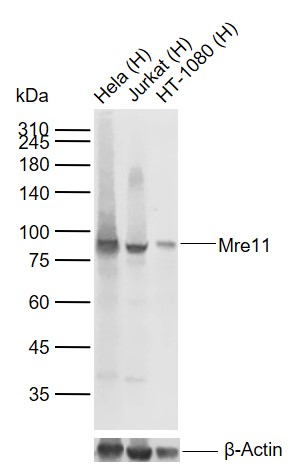
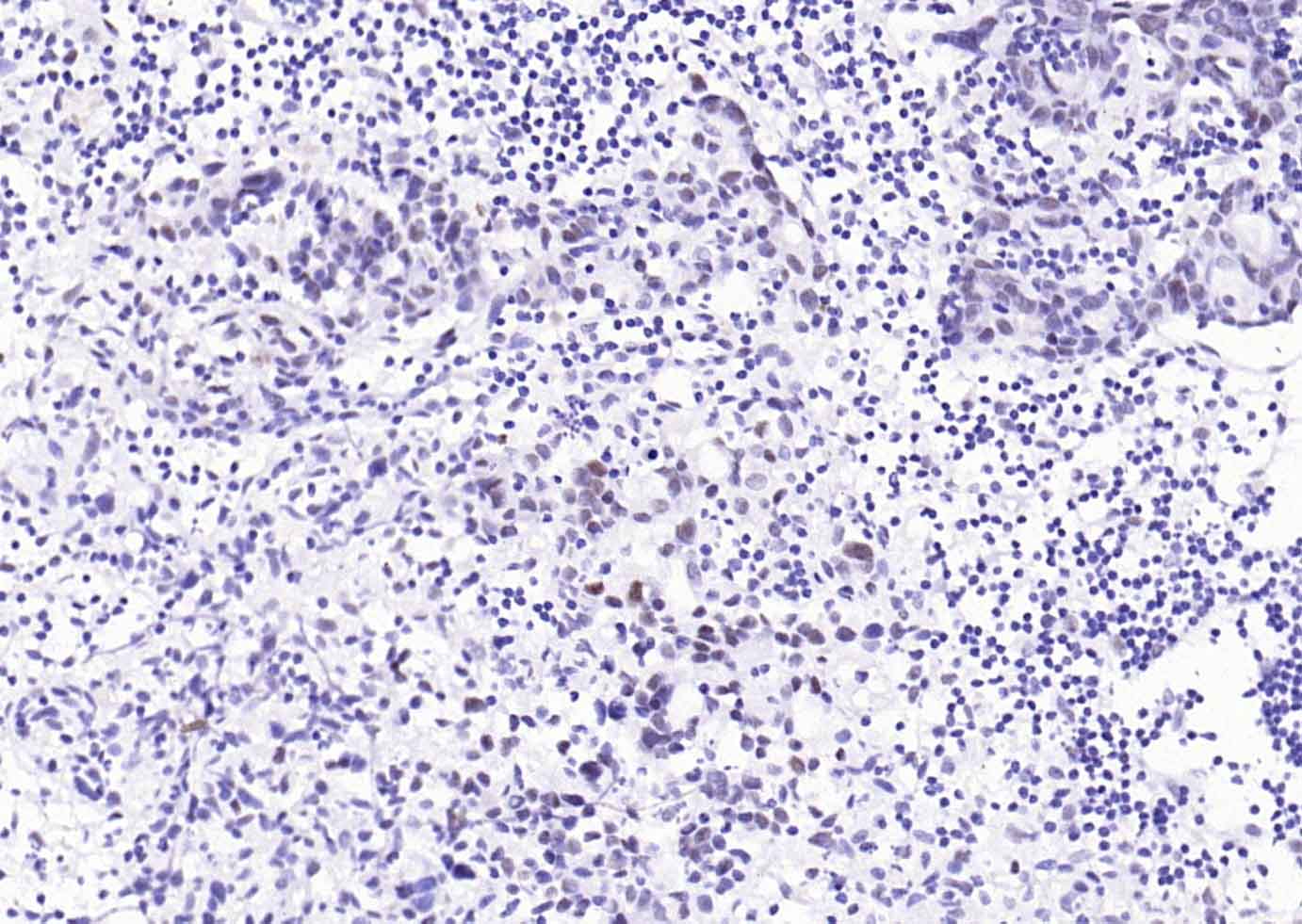
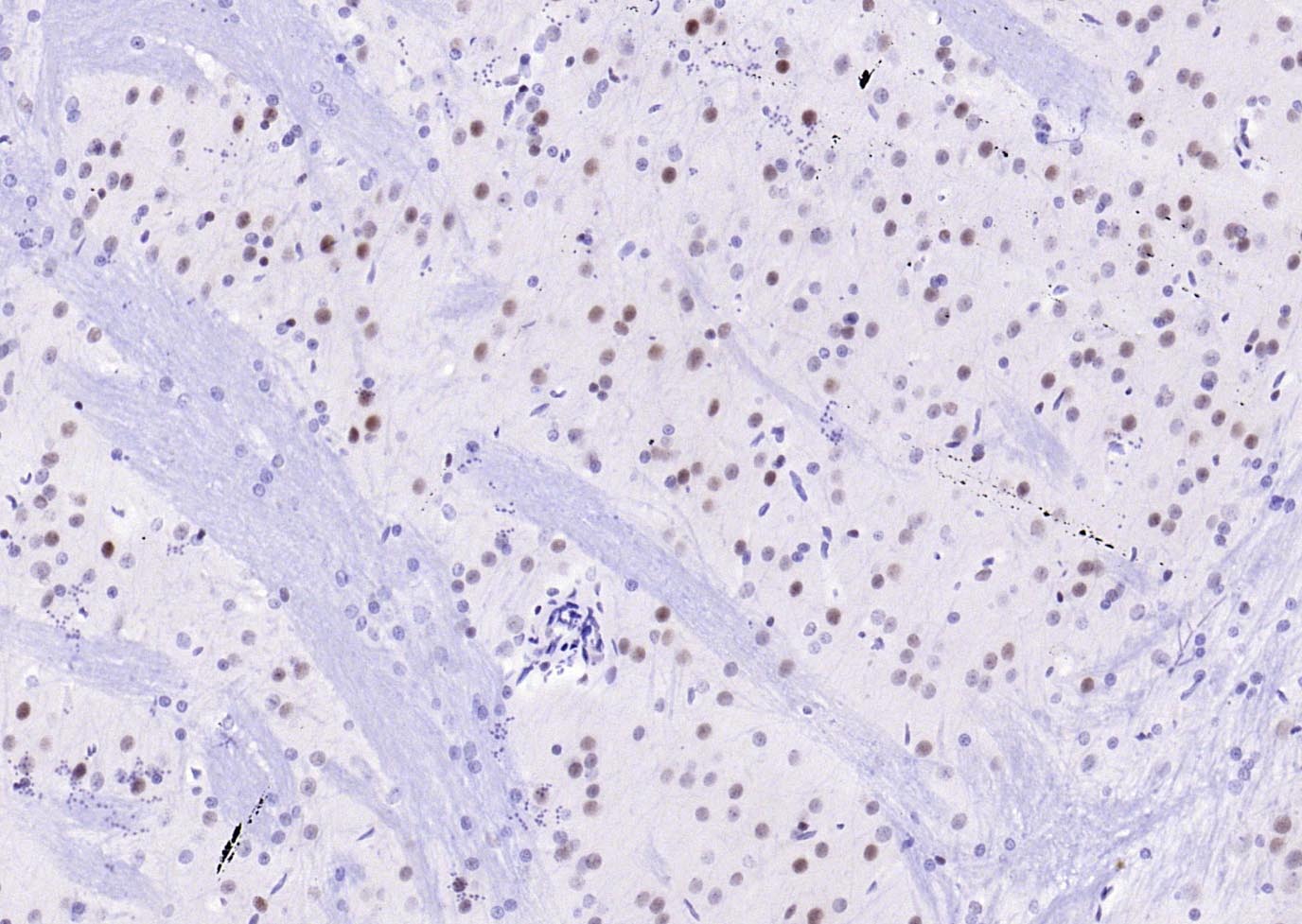
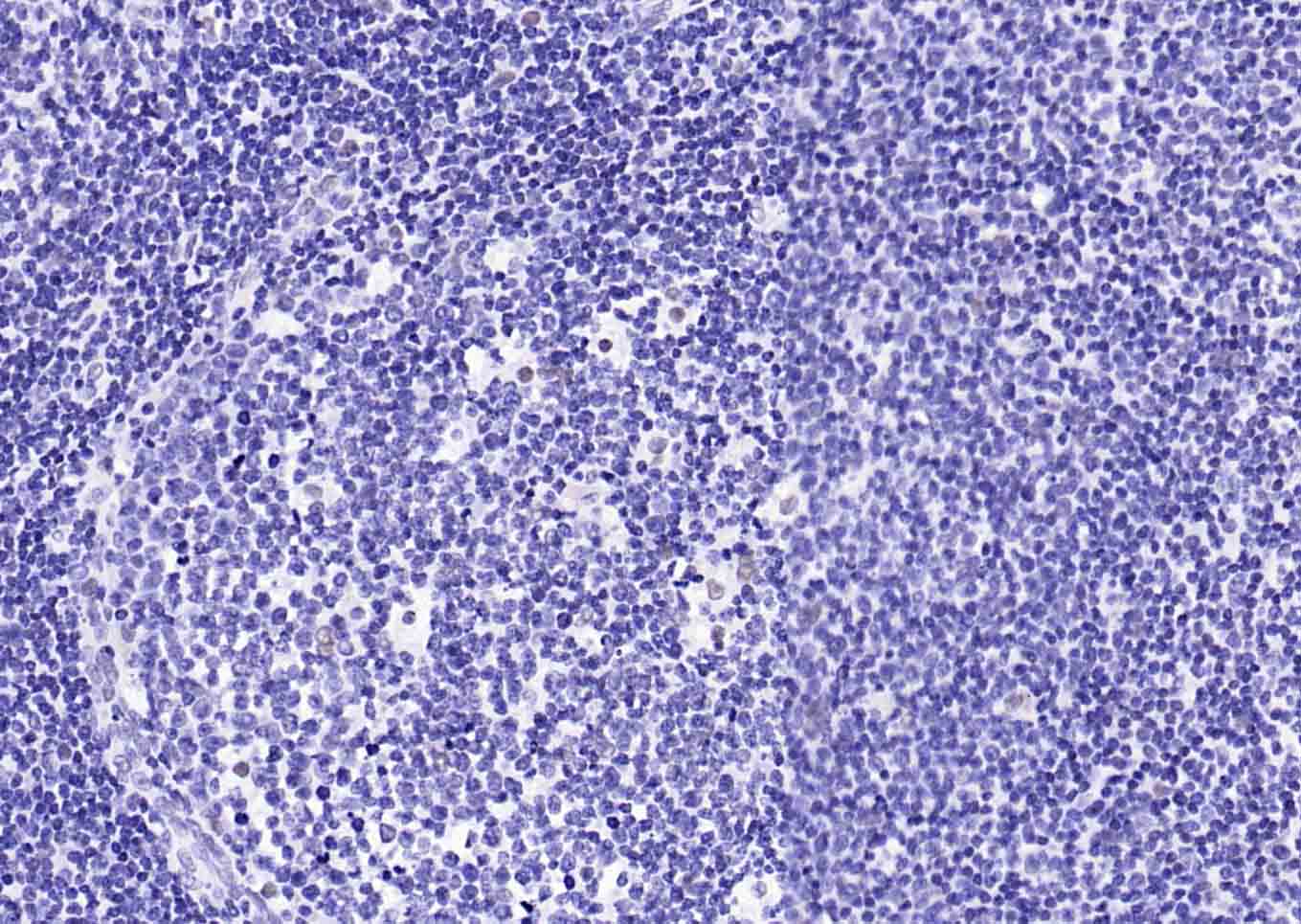
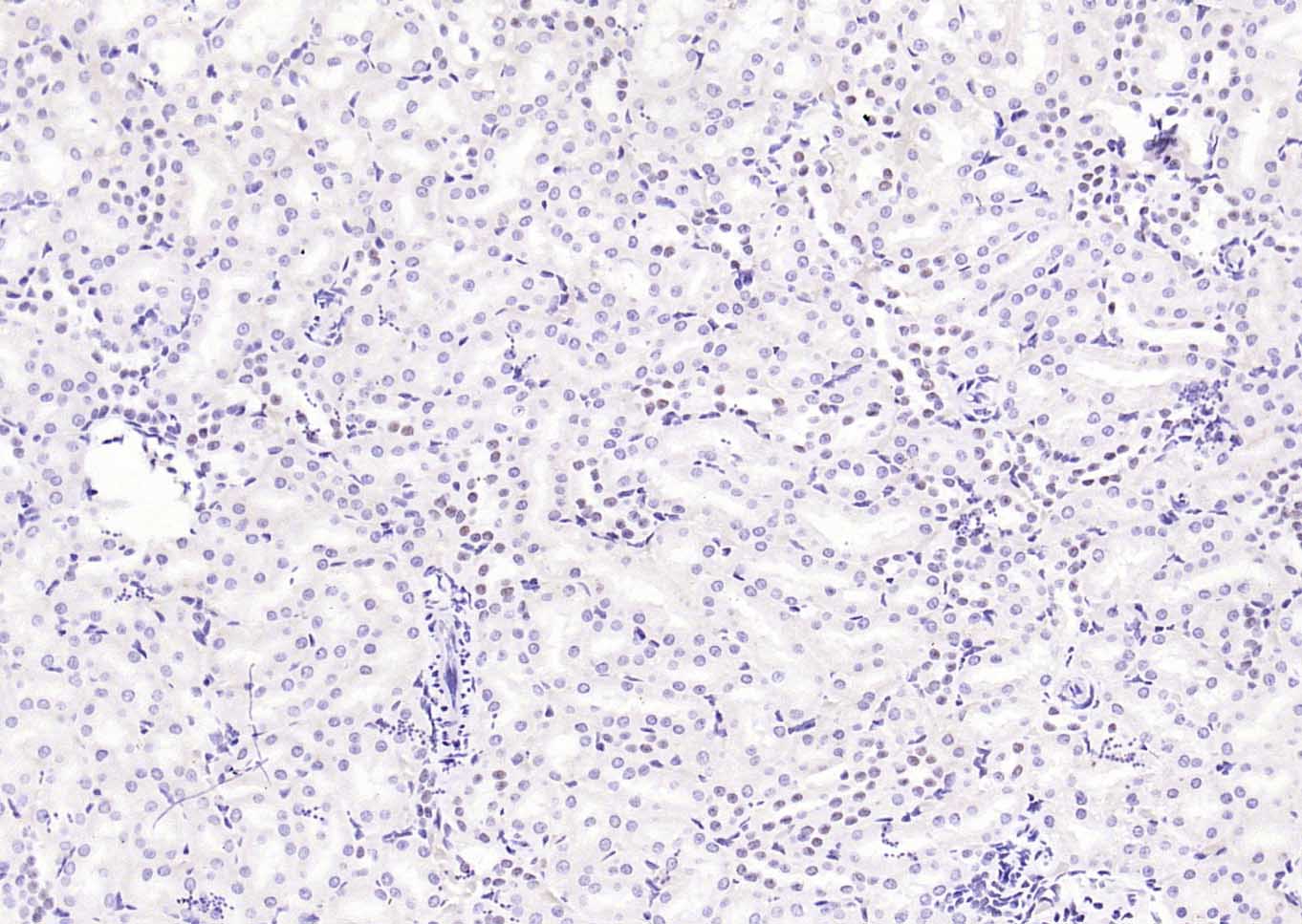
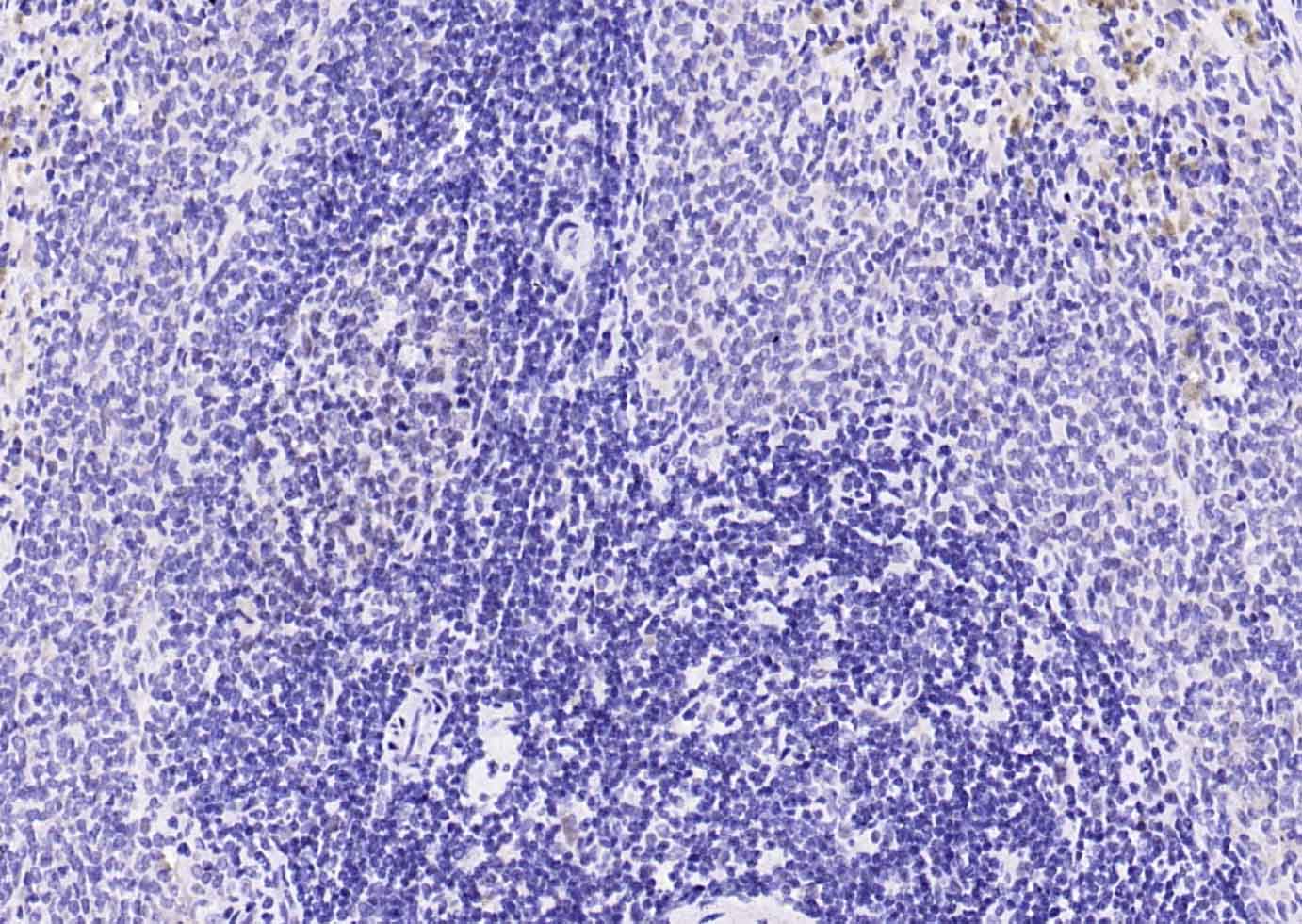
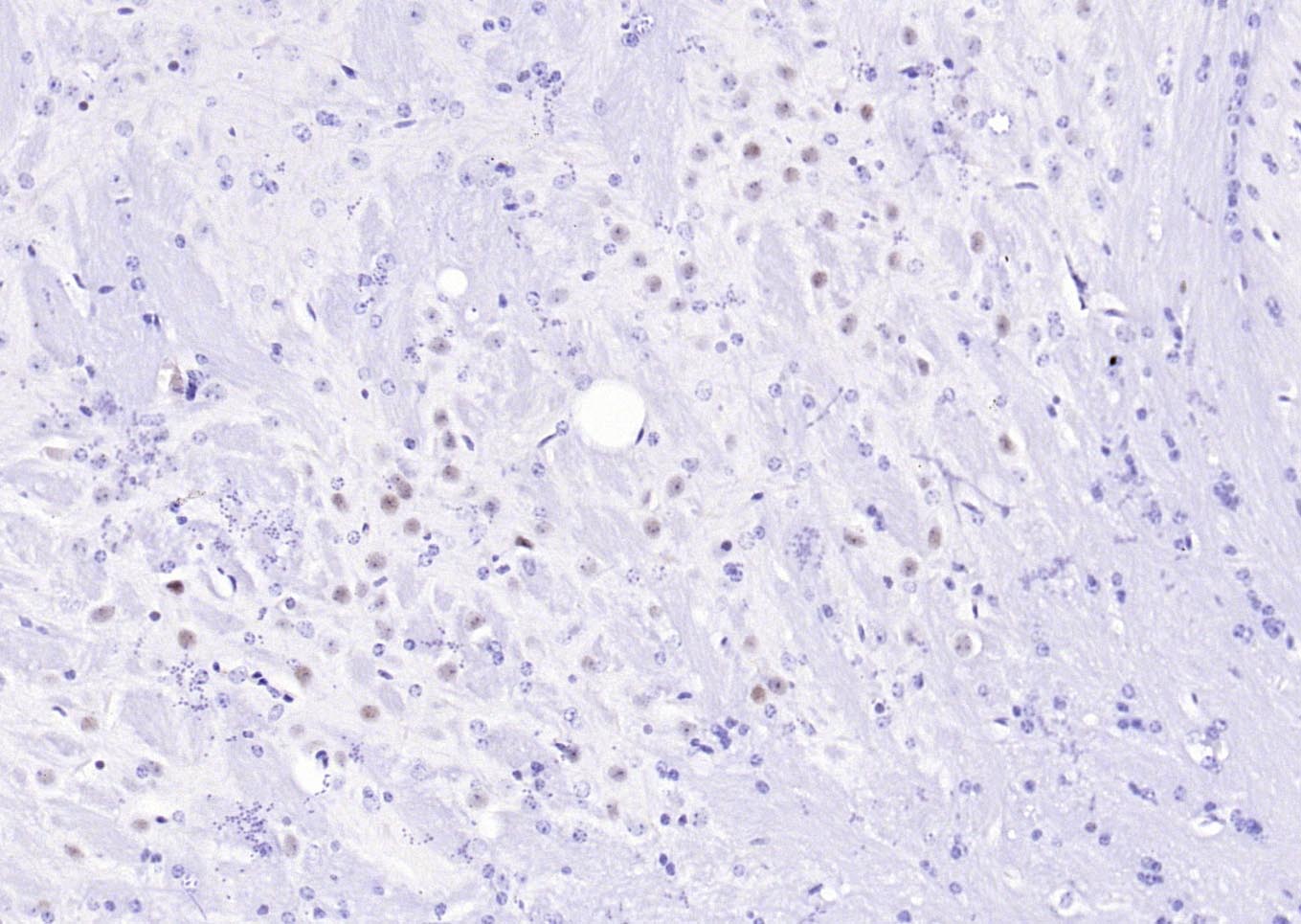
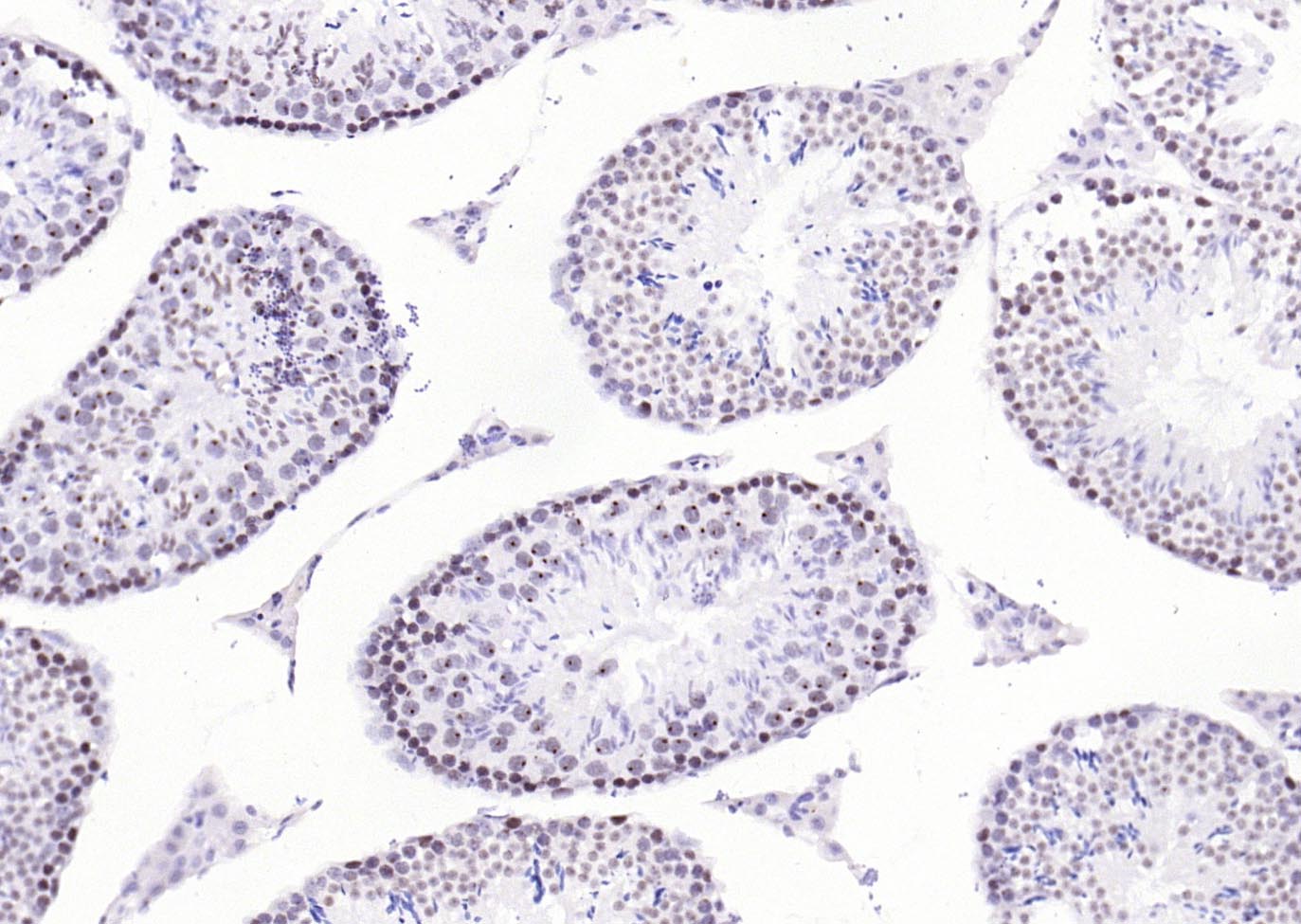


 +86 571 56623320
+86 571 56623320
 +86 18668110335
+86 18668110335

